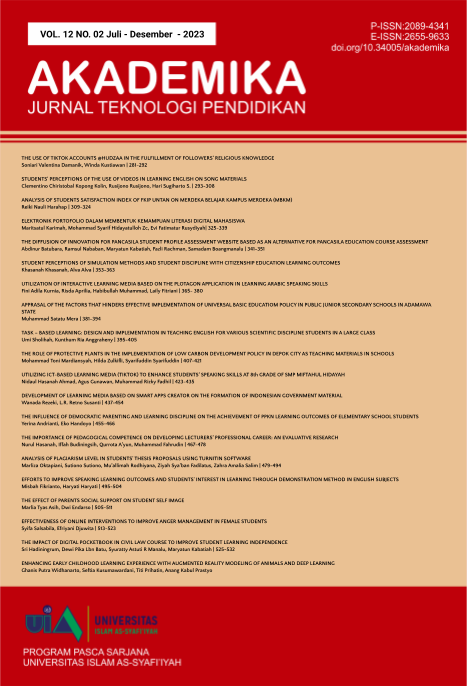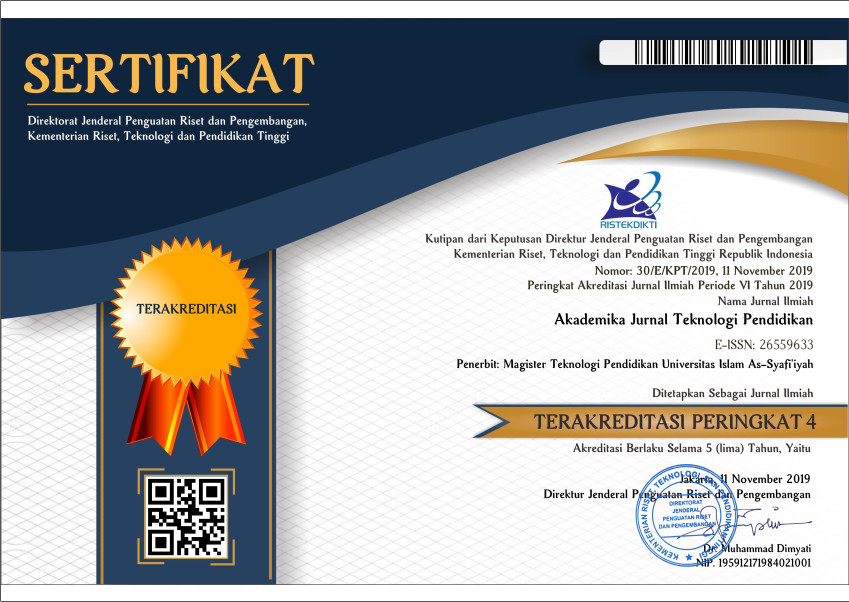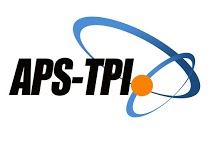STUDENTS' PERCEPTIONS OF THE USE OF VIDEOS IN LEARNING ENGLISH ON SONG MATERIALS
Abstract
This study aimed to determine student perception after using English video learning media. The research method is a quantitative research method. The researcher uses pretest posttest control experiment to measure the effectiveness of Video Learning Media, before learning activity was held, the researcher determines students’ entry skill by giving them a pretest, furthermore the learning activity was held with the experiment class have a learning video as media and the control class not using a learning media. After that both classes took a posttest to find out the English skill enhancement which determine by using T-test. The result of t-test shows that experiment class obtained higher poin than control class which can be concluded that video learning media is more effective than not using video learning media at all. After the posttest the researcher collected data through questionnaire which given to 30 student of experiment Class XI Social 5 at SMA Negeri 1 Larantuka. After calculated the acquisition value of the questionnaire, the researcher obtained an average value of perception questionnaire (93) and also obtained the majority of each questionnaire item has a positive respond from the student. This shows that the using of English video learning media obtained a very good perception by the student in the classroom which directly proportional with higher posttest result achieved by experiment class. This finding can be considered as reference for the next studies about a relation between motivation, learning outcomes and the using of English Video learning Media
Copyright (c) 2023 Akademika : Jurnal Teknologi Pendidikan

This work is licensed under a Creative Commons Attribution 4.0 International License.
This work is licensed under a Creative Commons Attribution 4.0 International License.
Authors who publish with this journal agree to the following terms:
- Authors retain copyright and grant the journal right of first publication with the work simultaneously licensed under a Creative Commons Attribution License that allows others to share the work with an acknowledgement of the work's authorship and initial publication in this journal.
- Authors are able to enter into separate, additional contractual arrangements for the non-exclusive distribution of the journal's published version of the work (e.g., post it to an institutional repository or publish it in a book), with an acknowledgement of its initial publication in this journal.
- Authors are permitted and encouraged to post their work online (e.g., in institutional repositories or on their website) prior to and during the submission process, as it can lead to productive exchanges, as well as earlier and greater citation of published work (See The Effect of Open Access).









